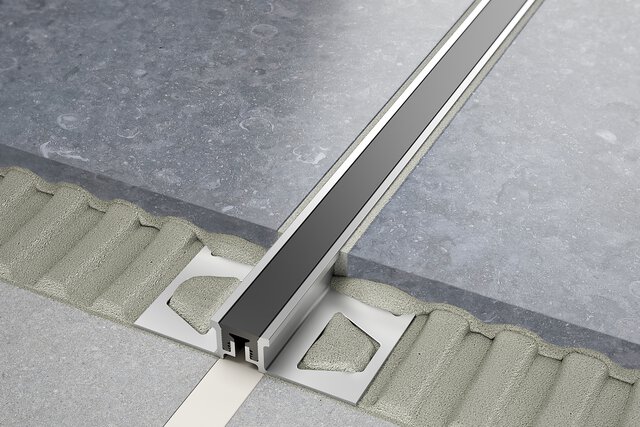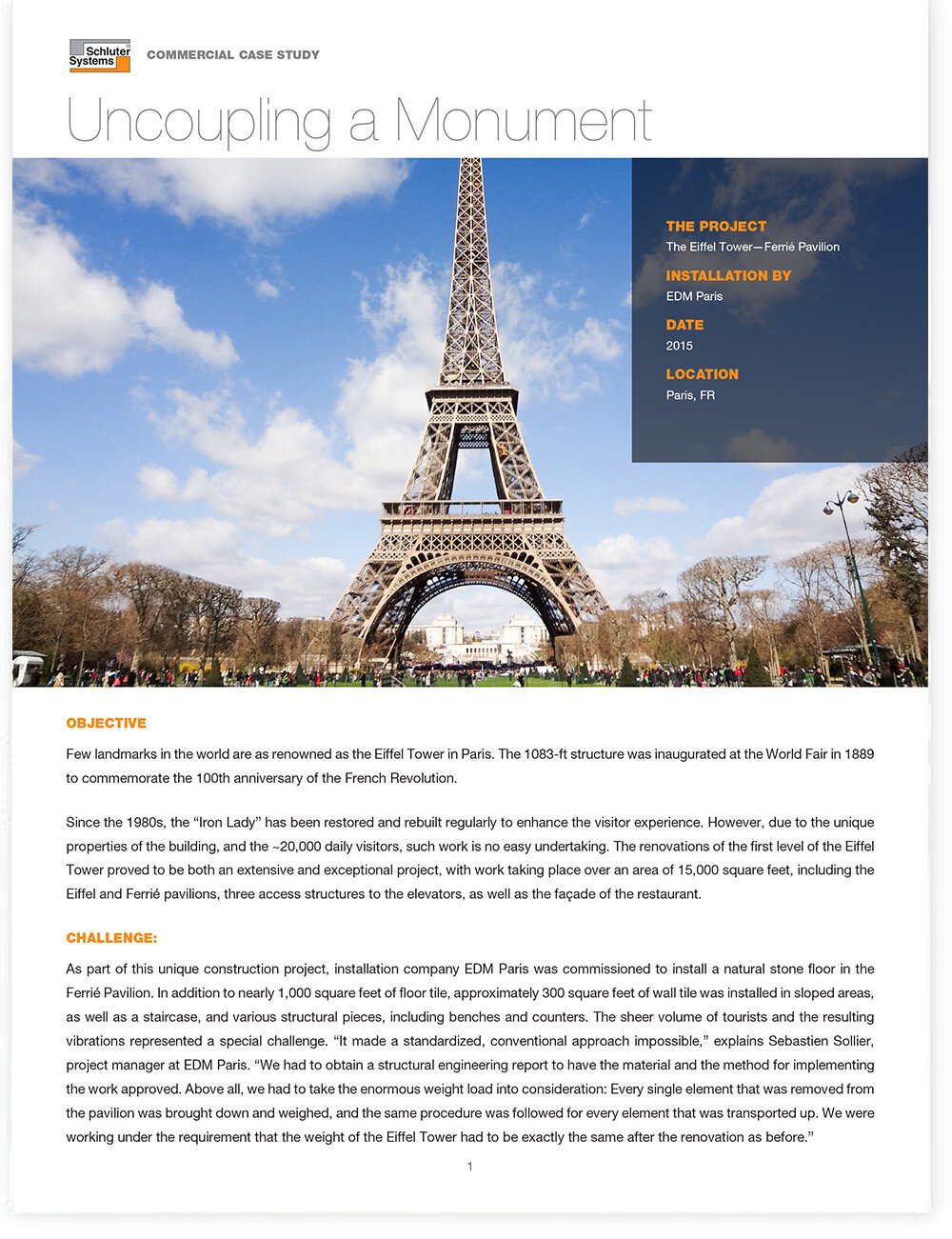Uncoupling a Monument: DITRA in the Eiffel Tower

The project:
The Eiffel Tower - Ferrié Pavillon
Tile installation by:
EDM Paris
Date & location:
2015 Paris, FR
About
Few landmarks in the world are as renowned as the Eiffel Tower in Paris. The 1083-ft structure was inaugurated at the World Fair in 1889 to commemorate the 100th anniversary of the French Revolution. Today, the tower is celebrated for its architectural brilliance and offers breathtaking views of the city.
Objective
Few landmarks in the world are as renowned as the Eiffel Tower in Paris. The 1083-ft structure was inaugurated at the World Fair in 1889 to commemorate the 100th anniversary of the French Revolution.
Since the 1980s, the “Iron Lady” has been restored and rebuilt regularly to enhance the visitor experience. However, due to the unique properties of the building, and the ~20,000 daily visitors, such work is no easy undertaking. The renovations of the first level of the Eiffel Tower proved to be both an extensive and exceptional project, with work taking place over an area of 15,000 square feet, including the Eiffel and Ferrié pavilions, three access structures to the elevators, as well as the façade of the restaurant.
Challenge
As part of this unique construction project, installation company EDM Paris was commissioned to install a natural stone floor in the Ferrié Pavilion. In addition to nearly 1,000 square feet of floor tile, approximately 300 square feet of wall tile was installed in sloped areas, as well as a staircase, and various structural pieces, including benches and counters. The sheer volume of tourists and the resulting vibrations represented a special challenge. “It made a standardized, conventional approach impossible,” explains Sebastien Sollier, project manager at EDM Paris. “We had to obtain a structural engineering report to have the material and the method for implementing the work approved. Above all, we had to take the enormous weight load into consideration: Every single element that was removed from the pavilion was brought down and weighed, and the same procedure was followed for every element that was transported up. We were working under the requirement that the weight of the Eiffel Tower had to be exactly the same after the renovation as before.”
Solution
At the request of the architect, the bulk of the floor area was to be covered with 40” x 40” natural stone panels with a fiberglass backing. To limit the weight, and to avoid an assembly height exceeding 3/8”, the panels were installed over a steel substrate in the Ferrié Pavilion. After applying a bonding primer, the Schluter®-DITRA uncoupling membrane was installed. DITRA not only serves to neutralize different tensions between the covering and the substrate, but also absorbs the building’s vibrations, as Sébastien Sollier emphasized: “When we were calibrating our laser levelling device, the display kept moving back and forth. The tower is constantly in motion, which is particularly noticeable at peak visitor hours. The level only was reasonably stable in the morning, when the tower was still closed for visitors.”
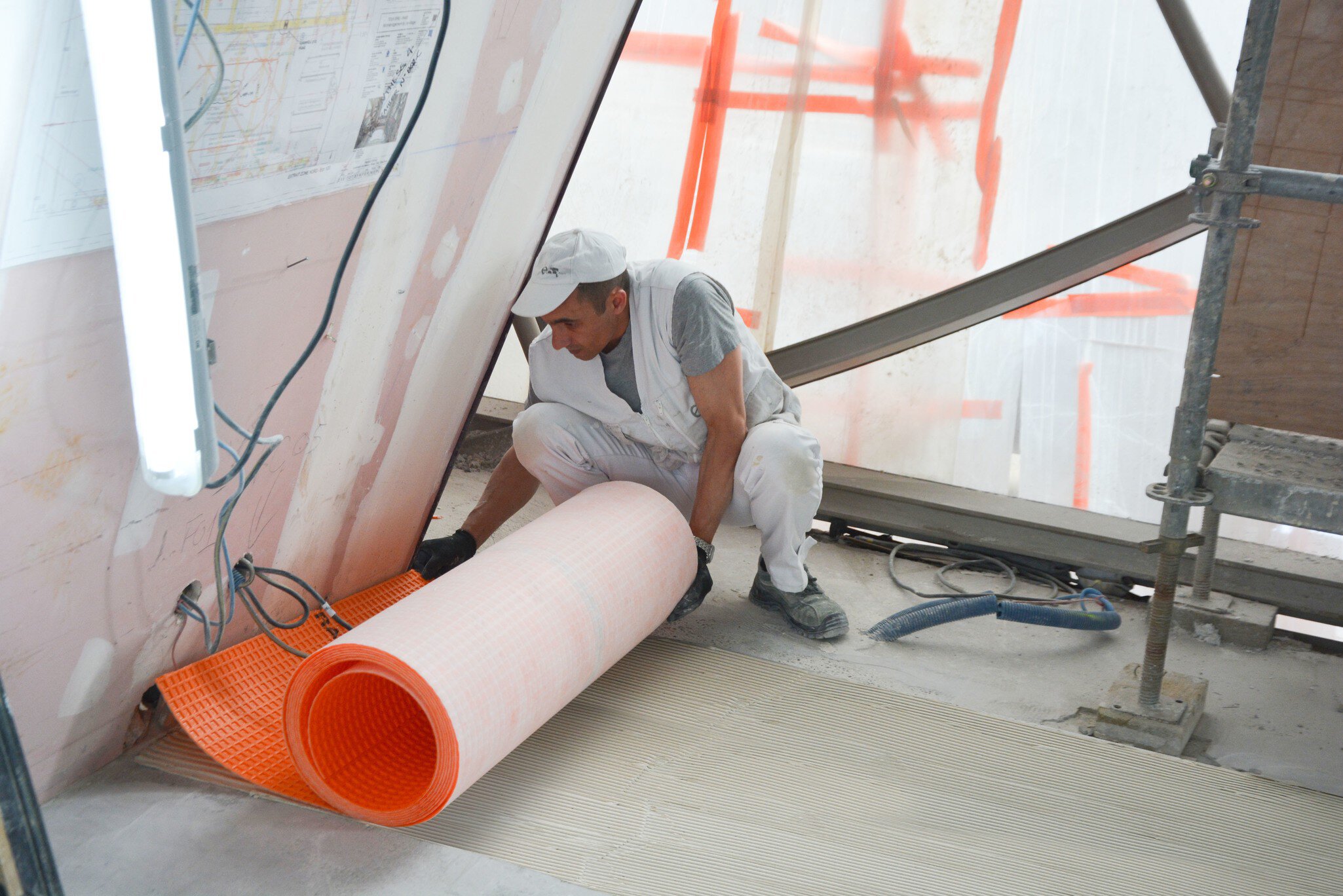


As Sollier explains, the installation occurred in sections of approximately 65 ft² at a time: “One team was busy installing the uncoupling membrane, while another team started installing the floor covering after curing (of the thin-set mortar).” Additionally, the entire covering area was subdivided into 130 ft² segments, using Schluter®-DILEX-KSN movement joints. These profiles, which were also installed in the door transition areas, are optimally suited to absorb the continuous movement and elongation changes caused by sunlight within the covering.
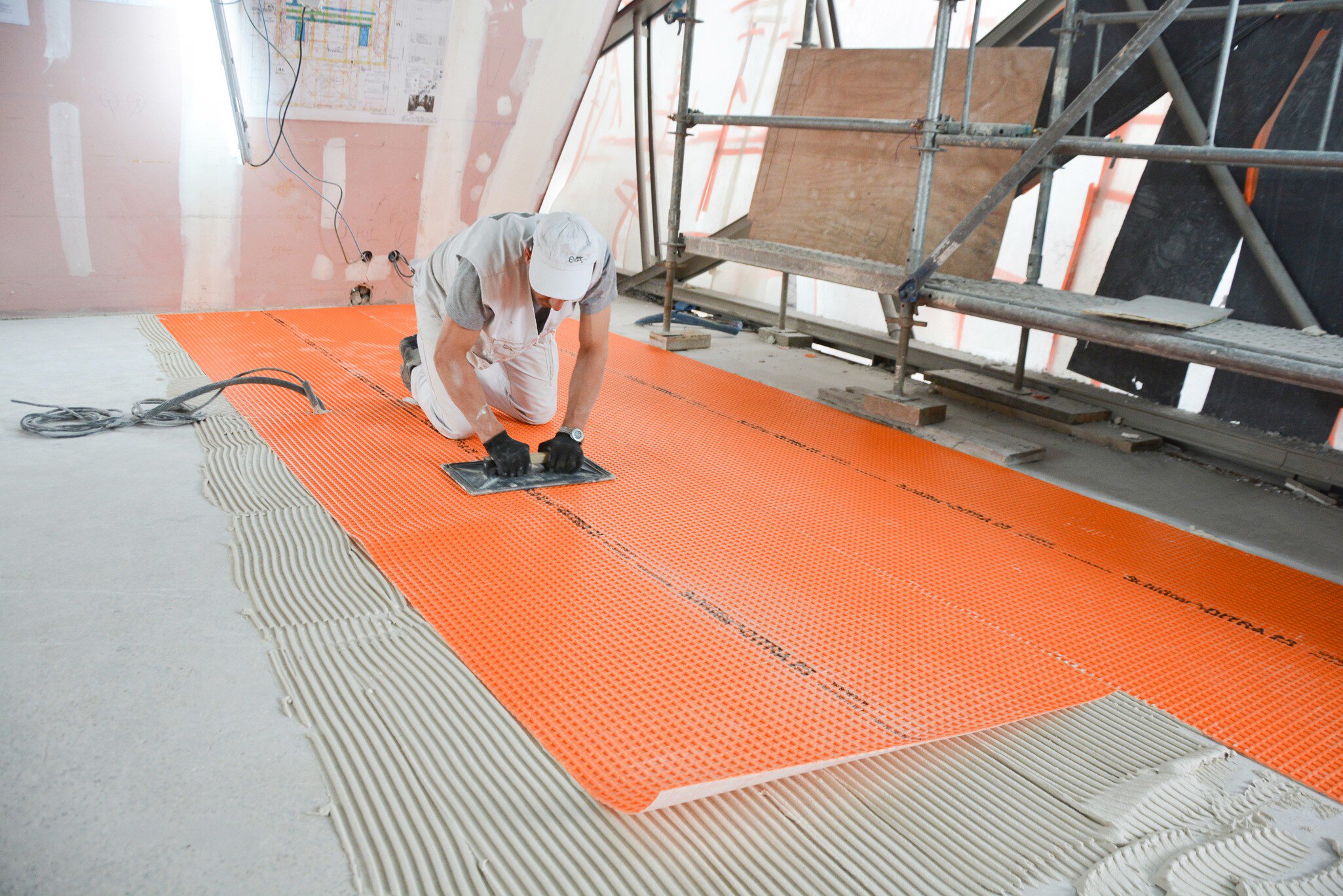


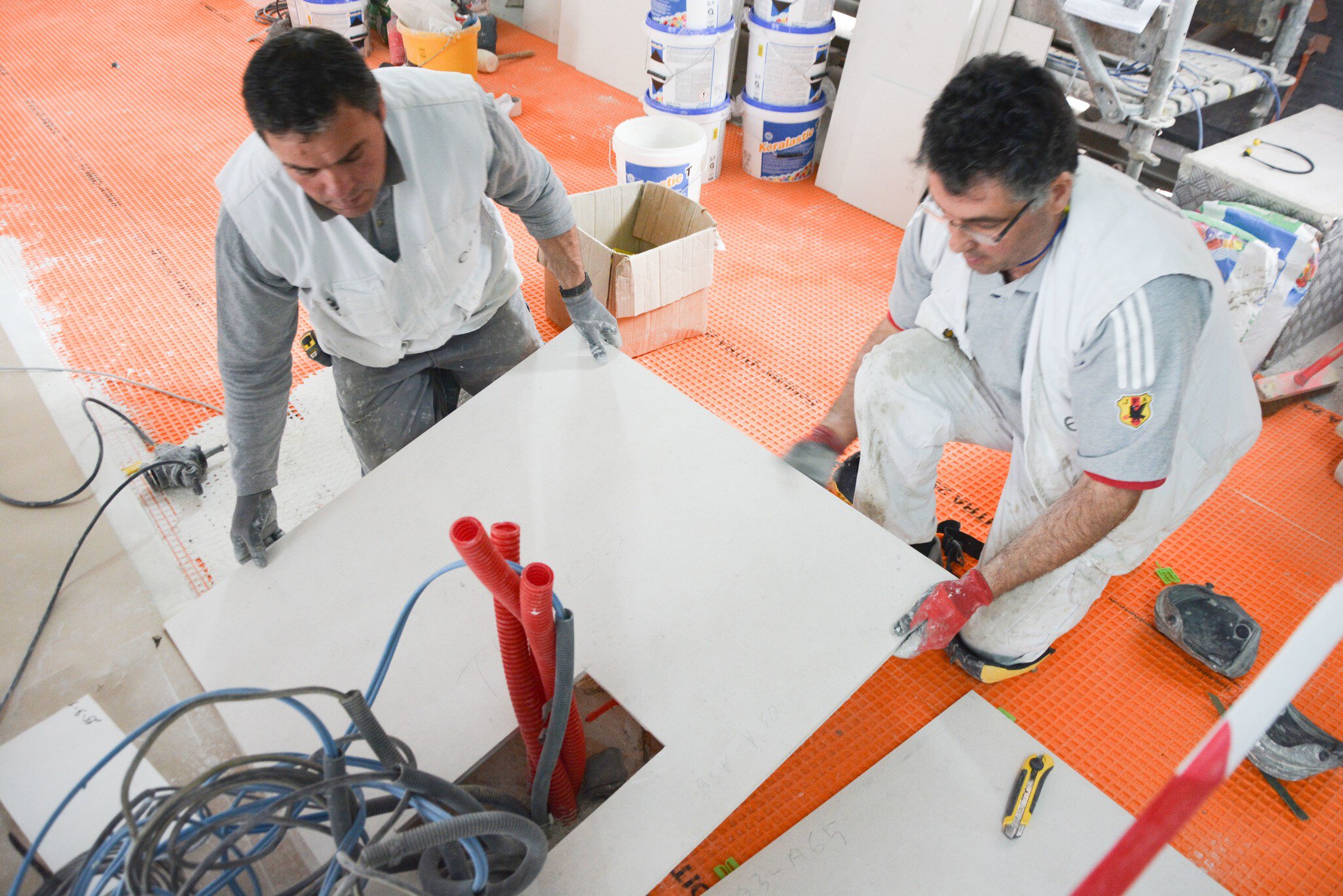


Result
Overall, this extraordinary project required strict organization to stay within the tight time schedule. Ten workers were involved in the on-site installation for approximately three months, while the preparation of the construction work took half a year. The entire, complex renovation of the first level took approximately two years to complete. The reliable bonded uncoupling assembly now guarantees the permanently damage-free appearance of the attractive floor covering, even under these extenuating circumstances.
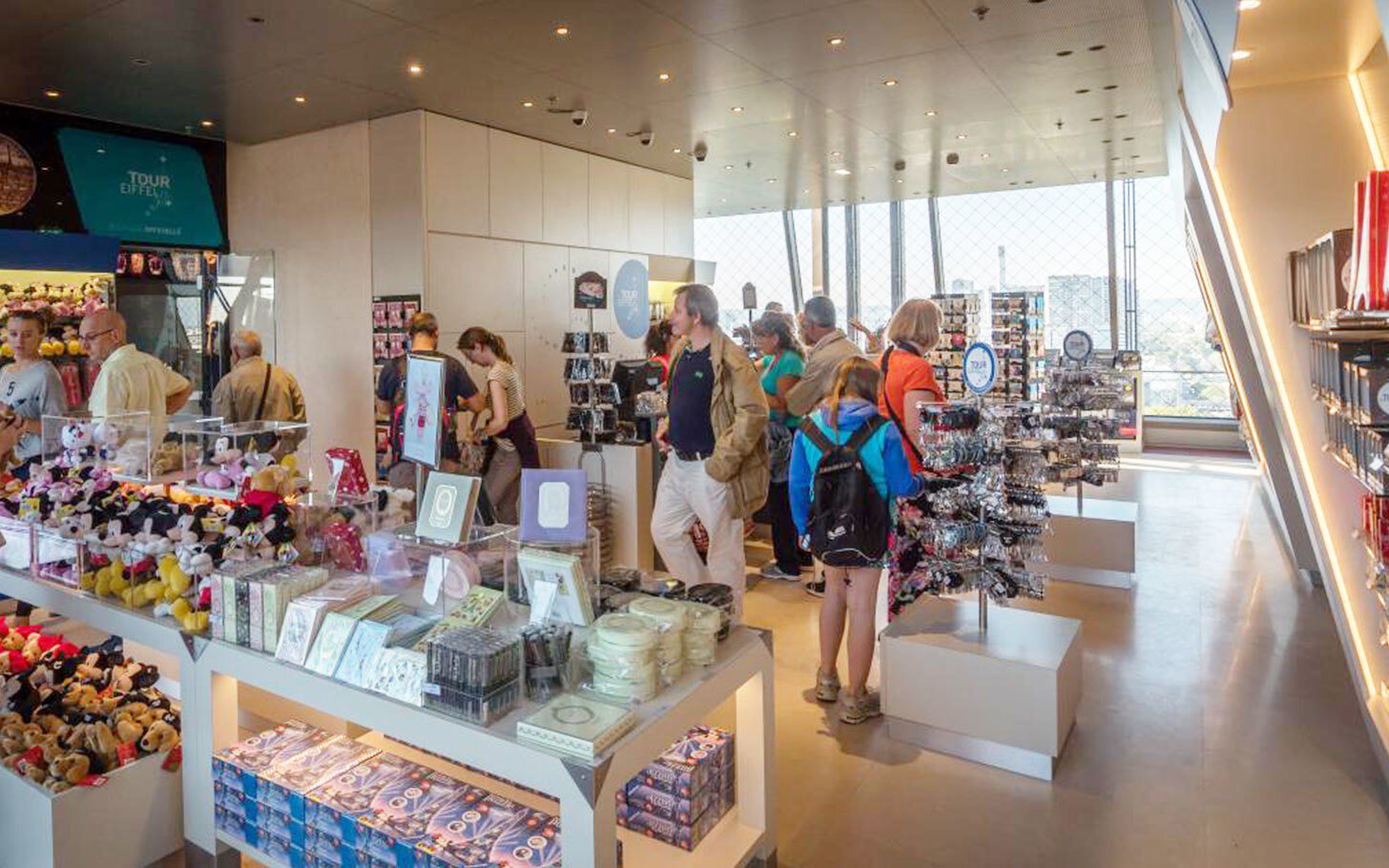


Products used

